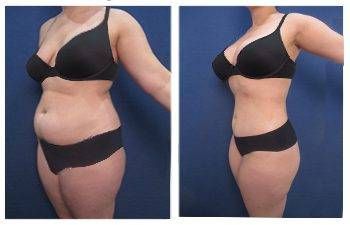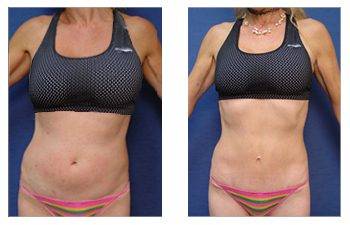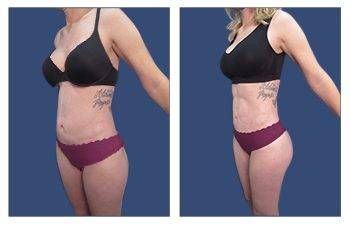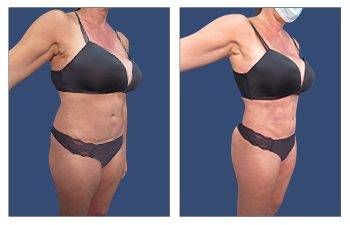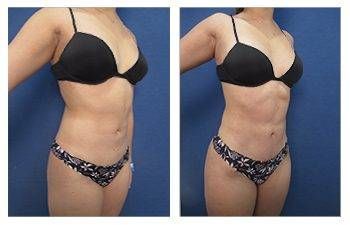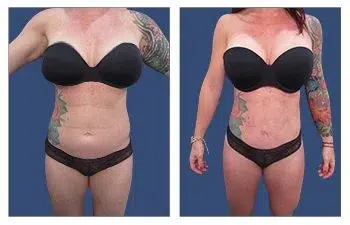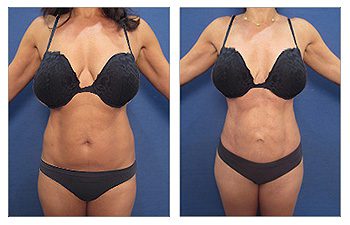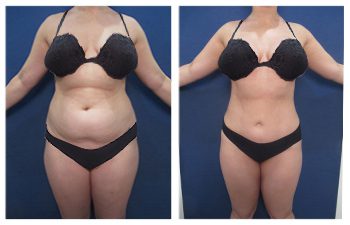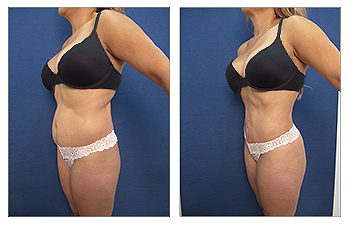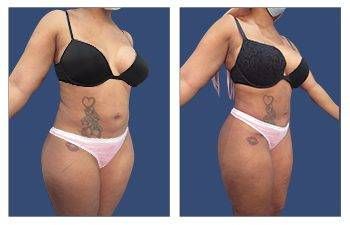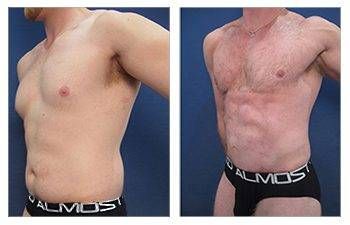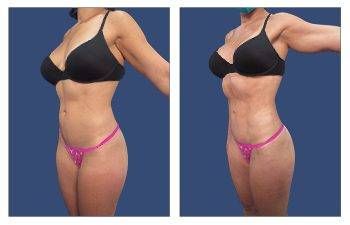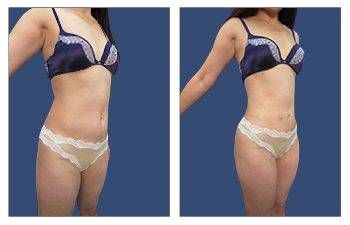Introduction: 5 steps to achieving High-Definition Tummy Tuck Results
The journey to a sculpted abdomen often leads many to consider a high-definition tummy tuck,, a surgical procedure that not only removes excess skin and fat but also can redefine the entire midsection to a higher standard of excellence. Achieving high-definition results requires meticulous planning and surgical precision. This guide delves into the nuanced steps surgeons take to ensure that your tummy tuck surgery yields the most aesthetically pleasing outcome that is superior to traditional techniques.

During the tummy tuck procedure, the abdominal skin is excised to eliminate loose skin and stretch marks. However, only fat deposits are limited to the area of excised skin redundancy. Additionally, the abdominal wall is repaired to tighten a stretched-out abdominal wall, termed diastasis recti. The abdominal incisions are oriented over the lower abdominal region as horizontal incision lines in an attempt to minimize the visibility of the excision line.
The recovery period and the hypothetic risk of blood clots related to the muscle plication performed during the abdominoplasty surgery. Moreover, the healing process and the ability to return to regular exercise are also most affected by muscle repair. Patients will often require pain medications early on and avoidance of strenuous activity for at least six months. As such, this body contouring procedure requires a real investment not only financially but logistically. This is why achieving the best possible result should be a high priority for any client desiring a tummy tuck. In summary, it is our intent to share with you the 5 steps required to achieve a high-definition tummy tuck which include:
- Optimally positioned and shaped belly button
- A well-hidden incision line
- Establishing the female silhouette
- Creating an hourglass contour
- Avoiding love handle prominence
The Art of Belly Button Reshaping
Crafting the Perfect Belly Button
The belly button is a central feature of the abdomen, and its position and shape are crucial to a natural-looking tummy tuck result. Surgeons should use an umbilicator to pinpoint the stalk position accurately. This ensures the new belly button is ideally centered and proportionate to the rest of the abdomen. This cosmetic surgery is most notably judged by the outcome of the belly button since this is the most visible aspect of the belly following surgery.
Ensuring Longevity in Shape
It’s a little-known fact that the belly button opening tends to stretch over time. To counteract this, surgeons should create an opening smaller than initially seems appropriate. This foresight accounts for natural stretching, maintaining the belly button’s shape for years to come. Optimizing the belly button shape is not feasible when the belly button stalk is not accurately located during this cosmetic procedure.
Strategic Incision Placement
The Key to Discreet Scarring
For most clients, the concern of visible scarring from a tummy tuck is paramount. A low incision line is essential for two reasons. First, the resulting scar needs to be concealed beneath a bikini or underwear. Moreover, the mere placement of an incision will establish the junction between the belly and the private triangle.
Proportional Harmony
The incision’s placement is more than a matter of concealment; it sets the stage for the ‘private triangle’—the area between the pubic bones. This proportion between the private triangle and the belly proper is vital for a balanced, natural look that complements the overall body shape.
Sculpting the Female Silhouette
The Interplay of Curves
A high-definition tummy tuck aims to enhance the natural contours of the female form. This involves creating a concave upper abdomen and a convex lower abdomen, mimicking the natural curvature of a youthful and toned midsection.
Tailored Muscle Plication
The technique of muscle plication—tightening the abdominal muscles—is not a one-size-fits-all approach. Above and below the belly button, the muscles are tightened differently to accentuate the natural tapering of the waist and to support the newly sculpted belly button. This requires attention to detail and gauging the tension that is created along the upper and lower belly. It is notable that your recovery time is most affected by this muscle-tightening step, termed muscle plication. Too loose and your abdominal bulging will return; too tight, and you will prolong your recovery.
Carving Out the Hourglass Figure
Avoiding the Pitfalls of Tenting
Tenting, or the unnatural appearance of a flat upper abdomen that lacks contour, is a potential pitfall in abdominoplasty. Tenting is derived from the straight appearance of the lateral tent contour that is achieved when you make your anchor lines tight. This effect is frowned upon following a tummy tuck since it will efface your waistline. Surgeons must carefully avoid flattening the waistline which can create a boxy look and detract from the desired waistline curve.
The Lateral Contouring Technique
To achieve the coveted hourglass shape, minimizing undermining, the separating of skin from the underlying tissue, lateral to the semilunaris line is crucial. This technique ensures that the waistline is narrowed and avoids the undesirable boxy look. The natural contours of the female body require the creation of exaggerated curves established by possessing generous breast and hip outlines juxtaposed against a narrower waistline.
The Elimination of Dog Ears
Smoothing the Edges
‘Dog ears’ refer to the puckering of skin and soft tissues at the ends of the incision line, which can mar the sleekness of the tummy tuck results. Strategic liposuctionk of the love handles helps smooth these edges, ensuring a seamless transition along the sides of the abdomen.
Extending the Contour
In some cases, extending the tummy tuck excision to the love handles is necessary to prevent dog ears. This extension allows for a more comprehensive reshaping of the midsection, contributing to a more harmonious silhouette.
Conclusion: The 5 steps to achieving high-definition tummy tuck results
A high-definition tummy tuck is more than a surgical procedure; it’s an art form that requires an understanding of anatomy, an eye for aesthetics, and a commitment to personalized care. By following these detailed steps, surgeons can craft an abdomen that not only looks naturally contoured but also harmonizes with the patient’s overall physique.
For those considering a tummy tuck, it’s essential to consult with a board-certified cosmetic or plastic surgeon who specializes in high-definition body contouring to discuss these techniques and how they can be tailored to meet individual aesthetic goals. Finally, it is critical that patients remain compliant with postoperative goals following this specialized cosmetic abdominoplasty. Proper healing is predicated on maintaining a healthy weight by consuming a balanced diet and maintaining an active lifestyle.



